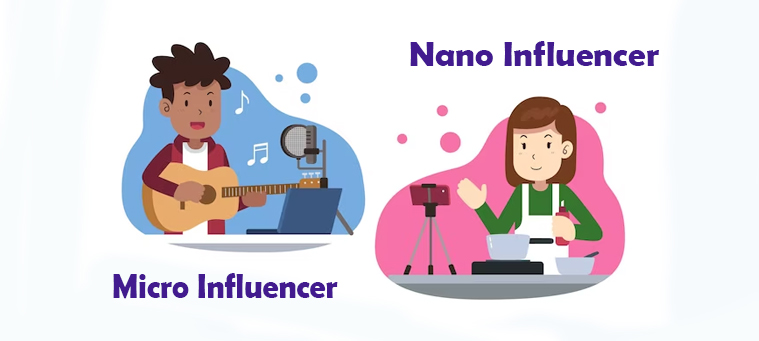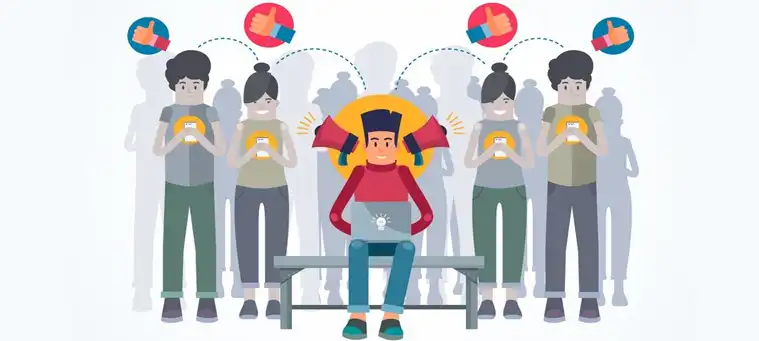3D animation allows creators to digitally model stunningly realistic objects and worlds with precise control. This versatile technology has enabled immersive video games, vivid marketing, medical visualizations, virtual prototypes, and more across industries. The key benefit of adopting 3D is that it is hyper-realistic and offers a great deal of flexibility. However, there are a few downsides as well that you need to weigh before going all in.
This article will help you explore the essential pros and cons of 3D animation. We’ll cover what you need to consider to decide if going with the 3D router is the right choice for your business.
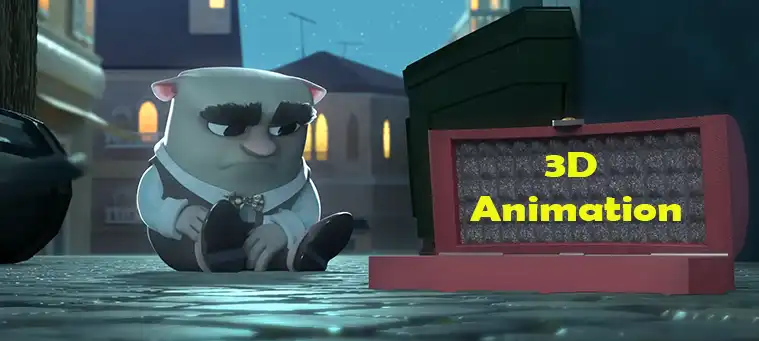
Advantages of 3D Animation
Let’s now take a look at what are the advantages of using 3D animation for your product, service, or, business.
Realistic Visuals
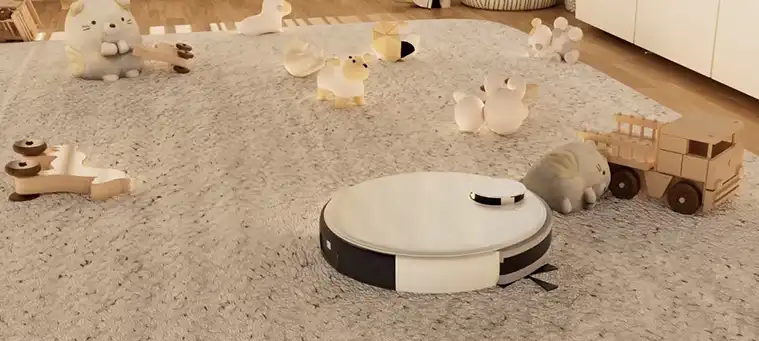
With advanced lighting, texturing, and rendering, 3D animation can achieve a remarkable level of photorealism for both characters and environments. This allows the creation of stunning fantasy worlds that feel tangibly real.
Depth and Perspective
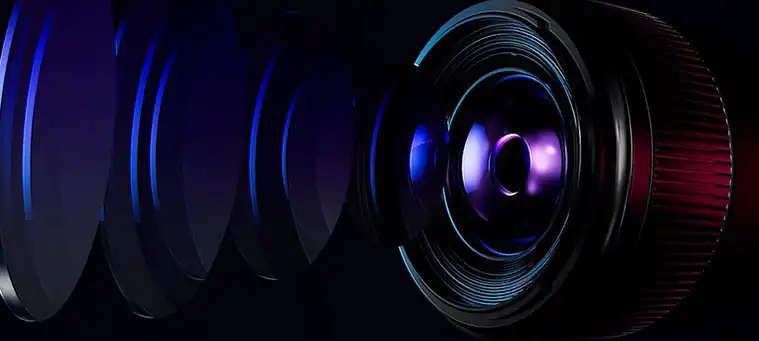
Modeling assets in 3D makes it straightforward to establish accurate perspective and depth in shots. This better matches how things appear in the real world compared to 2D.
Flexibility
3D models are more flexible to manipulate than individual 2D drawings. Animators have extensive control over movement, lighting, and camera angles and can reuse and modify assets.
Immersive Camera Work
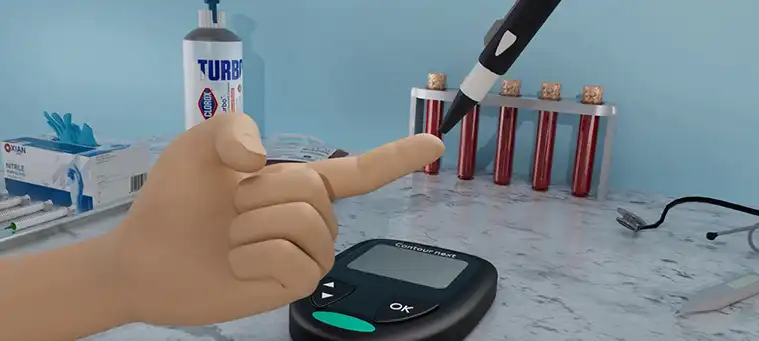
The virtual camera in 3D is like a drone that can move anywhere imaginable to create dynamic, sweeping shots that follow the action in new ways impossible in regular 2D animation.
Efficient Iteration
Because environments and characters are modeled once digitally, they can be reused and re-animated more efficiently compared to redrawing every frame by hand as is done in 2D animation.
Seamless VFX Integration
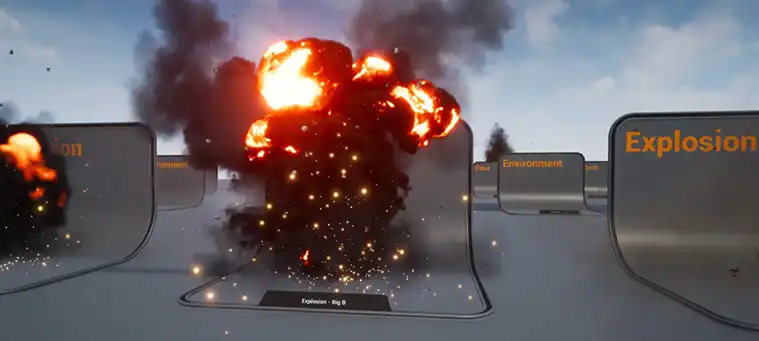
Visual effects like smoke, water, sparks, and explosions can be realistically integrated and simulated based on physics to interact seamlessly with 3D environments and characters.
Disadvantages of 3D Animation
It’s important to consider the potential downsides of 3D animation as well so that you know how to overcome them efficiently. Here are some of the disadvantages of 3D animation, if not executed properly and efficiently.
Higher Costs
Creating 3D animation requires more specialized, costly tools, larger teams with niche skills, and significantly more computing power, all of which drive up the budget.
Steeper Learning Curve
Mastering the complex 3D animation software and production pipeline has a steeper, more prolonged learning curve than 2D techniques. It requires both artistic and technical prowess.
Potential Loss of Control
Some animators feel they lose the expressive ability to fine-tune each frame when working in 3D space versus drawing each 2D frame individually.
Higher Render Times
The computed final 3D frames require substantially more time, computing power, electricity, and rendering farm infrastructure compared to 2D.
Uncanny Valley Risk
If not executed perfectly, 3D characters can end up looking strangely artificial, awkward, and unsettling, falling into the “uncanny valley” effect.
A Quick Comparison and Verdict
Here’s a quick comparison table between the two, to help you decide if the benefit can outweigh the cons in your case:
| Advantages | Disadvantages | |
| Realism | More realistic and detailed graphics | Can require more technical skill |
| Camerawork | Allows for complex camera movements and perspectives | Accomplishing complex camera movement can be time-consuming |
| Depth perception | Better depth perception and sense of space | Can have limitations for certain styles |
| Customization | Can create very complex and customizable worlds/characters | Hardware and software requirements are higher |
| Animation flexibility | Animation is more flexible and easier to edit | File sizes are larger and can be cumbersome to work with |
| Visual effects | Allows for sophisticated visual effects | Potential for glitches, bugs, or rendering errors |
| Immersion | More engaging and immersive experience for viewers | Difficult to achieve the nuance of traditional 2D hand-drawn art |
Verdict
3D animation lets creators build incredibly realistic worlds with total control. It makes special effects and cool camera shots easy. This makes 3D perfect for big action and sci-fi movies.
And even though there are some limits to 3D, knowing what 3D does best helps use it smartly. It can make key scenes and backgrounds feel real and epic. Mixing some 3D with 2D combines their strengths.
For big-budget and complex projects that are hard to explain otherwise, 3D opens up a whole new world. And as the technology gets smarter and more efficient, budget 3D studios with great track records are getting increasingly popular in getting quality work done too, opening up new horizons for 3D animations.
Sum Up
3D animation is an incredibly potent, ever-evolving art form. While mastering it poses challenges, its creative breadth enables visionaries to manifest the previously impossible. By cultivating robust technical and artistic skills while monitoring emerging innovations, animators can craft limitless worlds that engage, inspire, and entertain at the highest level. Carefully weighing its advantages against limitations allows creators to unlock maximum value from 3D.
